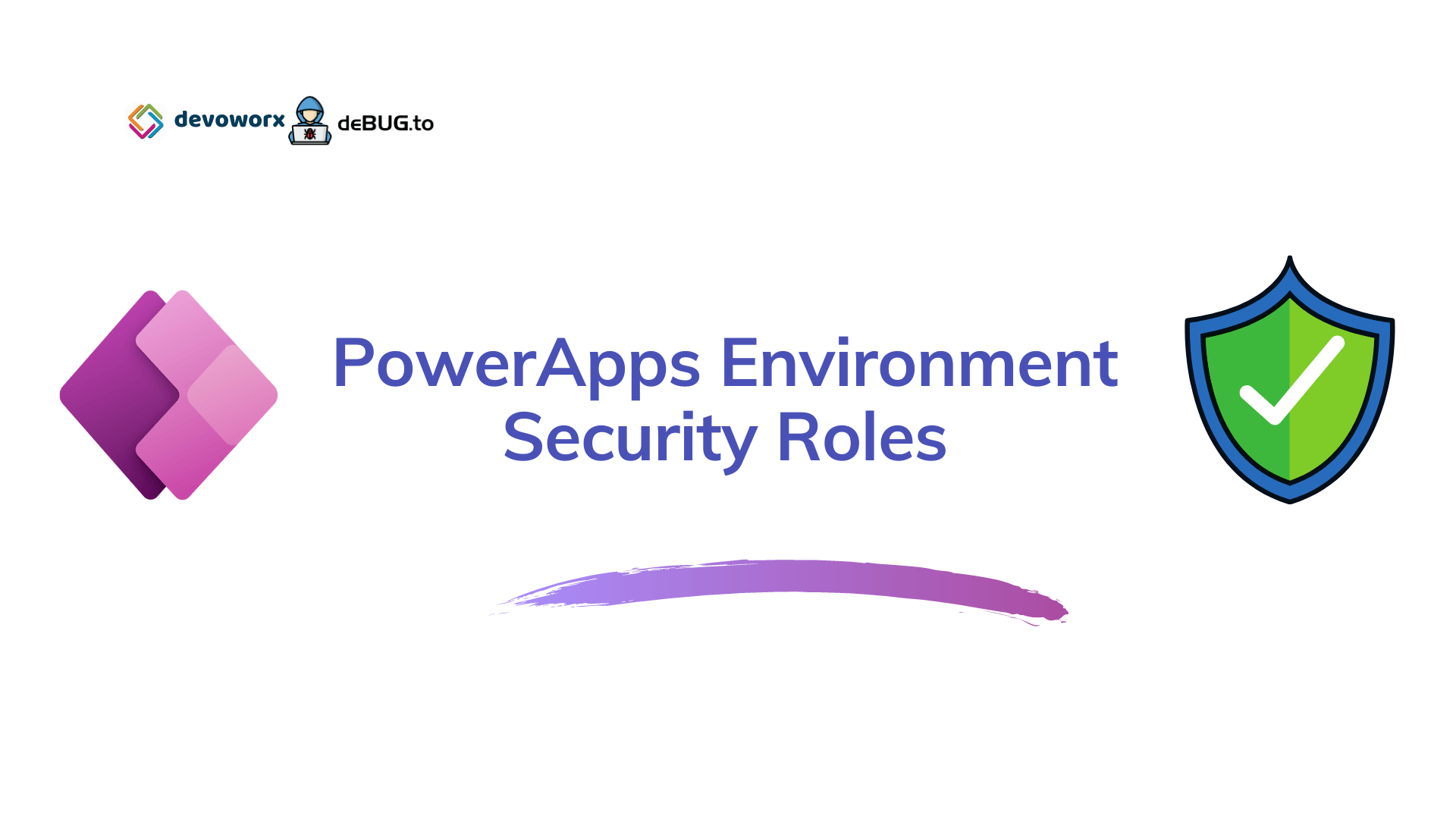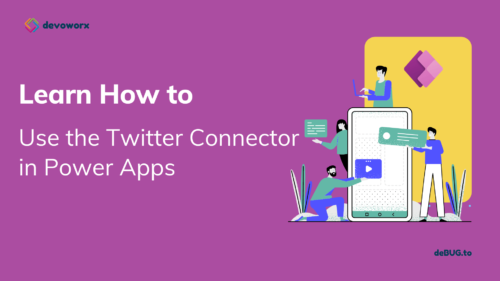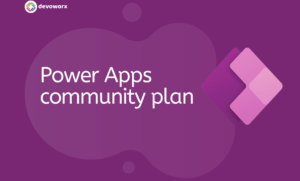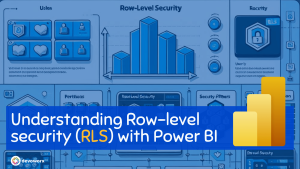In this article, we will discuss PowerApps Environment Security Roles. A security role is a collection of privileges that are assigned to users and groups that define how different users access different types of records.
What is the difference between roles and permissions?
- Permission is the right to access objects.
- Roles are a group of permissions that used to manage Environment.
- Each role is associated with specific permissions, which you may assign to a user to provide them access to the environment. These permissions include “read, remove, and update records in a table inside an environment.”
- The main role of the security role is to define the permissions for the users.
What are the security roles in Power Apps?
Access to an environment does not give a user access to any data, apps, or workflow within that environment. Users must be given explicit access to data by an administrator in the Dataverse while the maker who creates an app, connector, or workflow must grant access to their work products.
Power Apps security roles types
- the users can be assigned to one or more security roles these roles can be
Standard roles and custom roles
- Standard roles is predefined roles that available every time with every instance of Common Data Service.
- Custom roles created by an administrator, the privilege of a custom role can be read, write delete,etc.

PowerApps Environment Security Roles
To find the environment’s security toles in the environment, follow these steps:
- Opent the Admin Center.
- click on your environment to show its detais.
- In the access section click see all the security roles.
or you can Select your envronment>> settings>> users + permissions>> and then select security roles

Both will list the sets of security roles associated with the environment that you selected.

Environments have two built-in roles that provide access to permissions within an environment:
- PowerApps Environment Admin role can perform all administrative actions on an environment, including the following:
- Add or remove a user or group from either the Environment Admin or Environment Maker role.
- Provision a Dataverse database for the environment.
- View and manage all resources created within the environment.
- Set data loss prevention policies. More information: Manage data loss prevention policies
After creating the database in the environment, you can use the System Administrator role instead of the Environment Admin role.
- PowerApps Environment Maker role
- This role grant the user the permission to create resources within the environment , including apps, connections, custom connectors, gateways, and flows using Power Automate and they can share the apps they built with the other users within the organization.
- If your environment is environment with data base, the users in the Environment Maker role not automatically given access to the environment’s database,as access to an environment does not give a user access to any data, apps, or workflow within that environment. Users must be given access to the database separately by an administrator in Common Data Service
Whenever a new user signs up for Power Apps, they are automatically added to the Maker role of the default environment.

Access level in PowerApps Security Role
As you see in the previous image in the key section, there are 5 access level for the security role
- Non Selected : No access is allowed.
- User: This access level grants a user access to records owned by the user, objects shared with the organization, objects shared with the user, and objects shared with a team of which the user is a member.
- Business Unit: allows a user to access records in the user’s business unit, it reserved for managers with authority over the business unit.
- Parent: Child Business Unit ,allows a user to access records in the user’s business unit and all dependent business units to the user’s business unit.
- Organization: gives a user access to all records in the organization, this level of access is usually reserved for managers with authority over the organization.
How do I set security roles in Power Apps?
All of security roles done in the power apps admin center with the system administrator.
You can assign security roles to users,
- Select your envronment>> settings>> users + permissions>> and then select security roles.
- Choose the security role that you want to assign the users to and then click add people
- start adding the users by names or emails and then click add


- Security role can only be assigned to users who are in the Enabled state. But if you need to assign a security role to users in the Disabled state, you can do so by enabling allowRoleAssignmentOnDisabledUsers .
- You can Enable or disable user accounts and this will done only (in environment with Dataverse).
- You can edit an existing security role privilage or you can create new custom security roles.
- When you create a custom security role, you need to include a set of minimum privileges into the security role in order for a user to run an app.
Conclusion
Access to an environment does not give a user access to any data, apps, or workflow within that environment. Users must be given explicit access to data by an administrator in Common Data Service while the maker who creates an app, connector, or workflow must grant access to their work products.
there are predefined and custom PowerApps security roles.
SeeAlso
- What are Microsoft Power Apps?
- PowerApps Print Function, Forms, And Scrollable Galleries
- PowerApps Validation Examples On/before Submitting
- Share PowerApps With External Users / Guest Users
- Sign Up and use Power Apps
- PowerApps Canvas App Vs Model-driven App Vs Portal App.
- What Is Microsoft Dataverse?
- How to share Power Apps to Office 365 group
- Connectors in a Power Apps.
- Share Power Apps to external users (guest users)
- How To Create A PowerApps Custom Connector?
- How To Create Power Apps DataFlows?
- Learn Power Apps – youtube channel.



